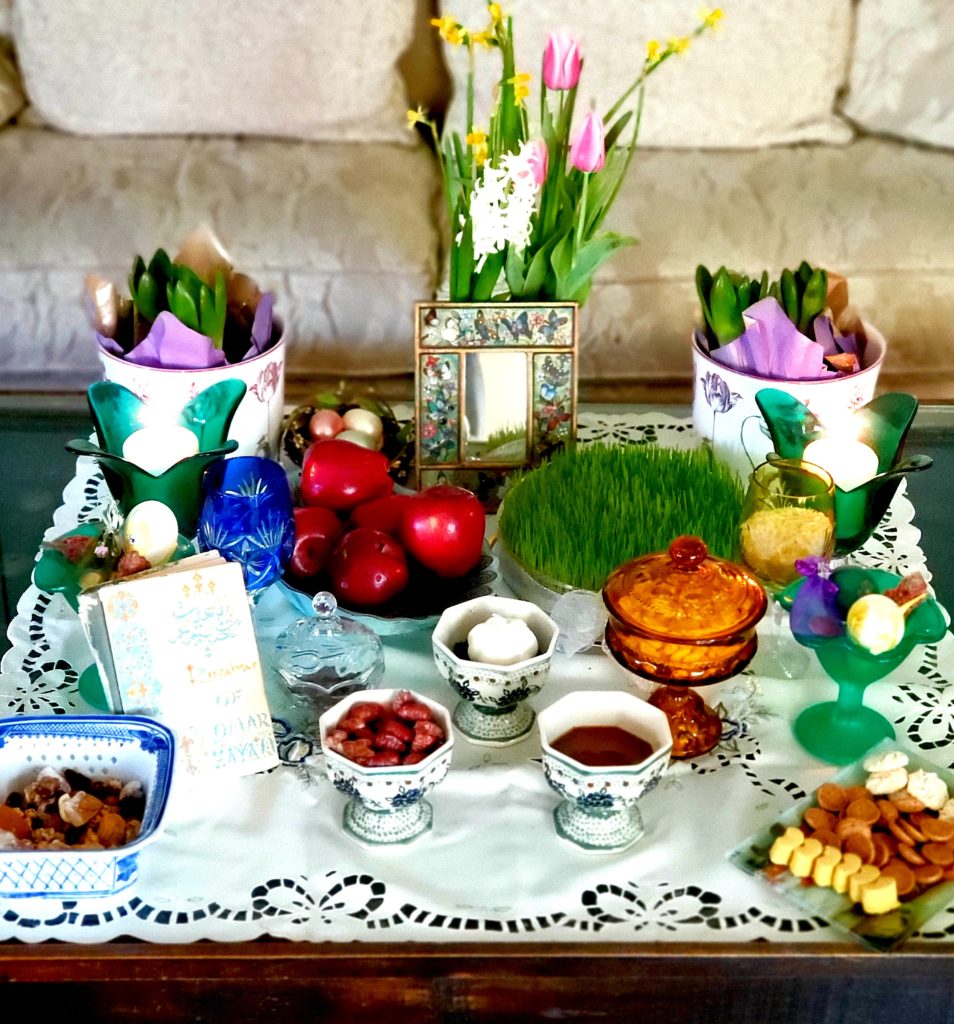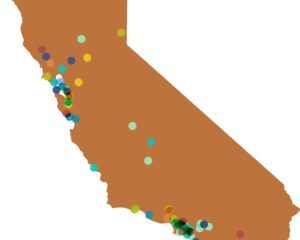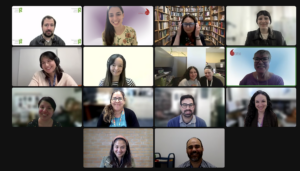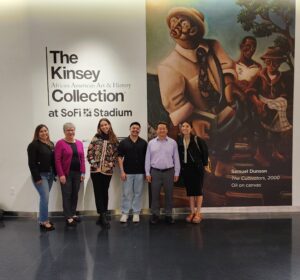California Humanities Board Member Shiva Farivar shares the classic traditions of Nowruz, the Persian New Year, which just took place on March 20.
The onset of Spring is celebrated by Iranians, or Persians, around the world as the beginning of a New Year. Nowruz, pronounced NoRooz, literally means “New Day,” and it occurs on the day of the vernal equinox, specifically on the exact time when the Sun crosses the celestial equator and equalizes night and day. It must be calculated every year, and this year, it happened on March 20, 02:37:28 AM, PST.
The Holiday has Iranian and Zoroastrian origins, but it is also celebrated in other countries, such as Afghanistan, Georgia, Tajikistan, Azerbaijan, Turkmenistan, and other Central Asian and Balkan countries. The United Nations officially recognized the International Day of Nowruz with the adoption of the UN Resolution 1364/253 in 2010.
In Iran, Nowruz Holidays last thirteen days. In days before the date, every household performs deep house cleaning, and families purchase new clothes to be worn on the first day of the New Year. On the eve of the last Wednesday before Nowruz, “Chaharshanbe Suri,” a tradition of jumping over bonfires and lighting off firecrackers and fireworks, takes place. The fire symbolically takes away ill-health and problems and replaces them with warmth, health, and energy. A poetic line accompanies these activities:
“My yellow is yours; your red is mine!”
When the time of the change is about to take place, families gather around a table and await the exact moment of the March equinox. The table is called “Haftseen.” It is decorated with seven items that begin with the Persian letter “Sin”:
Sabze – wheat, barley, or lentil sprouts, grown in a dish
Samanu – sweet wheat ‘pudding’
Senjed – a special kind of berry
Serke – vinegar
Seeb – apple
Seer – garlic
Sumagh – special Persian spice
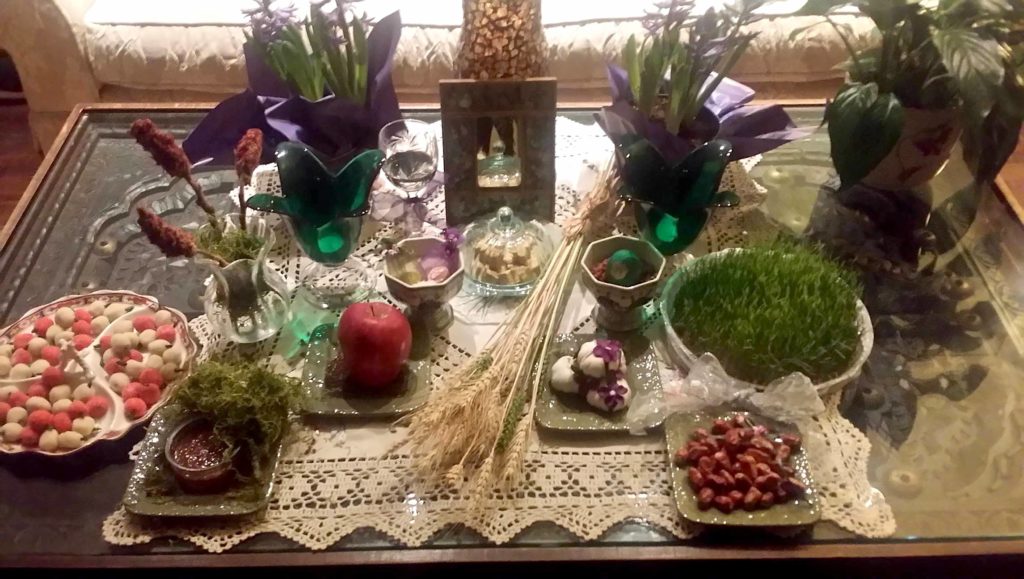 The table is also decorated with a mirror to symbolize ‘reflection,’ candles for symbolizing ‘fire,’ painted eggs for ‘fertility,’ goldfish for ‘life,’ coins for ‘wealth,’ hyacinths, tulips, and a “book of wisdom.”
The table is also decorated with a mirror to symbolize ‘reflection,’ candles for symbolizing ‘fire,’ painted eggs for ‘fertility,’ goldfish for ‘life,’ coins for ‘wealth,’ hyacinths, tulips, and a “book of wisdom.”
When the New Year takes place, families hug and kiss each other and wish each other a happy new year by saying:
No-Rooz Mobarak ( Happy New Year)
Eid-e Shoma Mobarak (Happy New Year to you)
NoRooz Pirooz (Wishing you a Prosperous New Year)
Families then pay visits to each other, with the younger ones paying their respects to the older members first, who then return the gesture by visiting them back. The Holidays end on the thirteenth day when families gather for a picnic to celebrate nature and the new season. Nowruz is a celebration of Renewal and Rebirth, bidding farewell to the passing year and making wishes for the coming year.
“Nowruz” by Jalaluddin Rumi
“In my heart, you are the one mirthful ray
You are the caring, though my companion they
Happy is the world with the Nowruz and the Eid
You are both my Eid and my Nowruz today.”
Shiva Farivar joined California Humanities’ Board of Directors in August 2020 as an appointee of Governor Gavin Newsom. She has been a language instructor at the Orange County Lingual Institute since 2017 and founder of SKF Consulting Services since 2012. Ms. Farivar earned a Master of Arts degree in German literature from the University of California, Irvine.

